Python Programming Language for Statistics & Data Science
Python is a programming language that was created by Guido van Rossum. The first release of python was in 1991.
Python is known to be very beginner-friendly, so if you are new to programming, this might be the right programming language to learn.
At the same time, python has a huge community that is constantly developing new add-on packages and libraries. Python is therefore very flexible and can, for example, be used to do statistical data analysis, to develop games, or to create entire websites.
Python is open source, making the programming software completely free to use. You don’t have to pay anything in order to try whether python is the right programming language for you.
Want to start learning?
Learn Python on Statistics Globe
In the following, you can find all python tutorials that are available at statisticsglobe.com. In the tutorials, I’m giving you many examples that you can easily reproduce and adapt for your own needs. However, if you have any specific questions, don’t hesitate to let me know in the comments!
What is Python? Introduction and the Basics for Beginners
Check out the following YouTube tutorial of Ameer Fazal. In the video, he is introducing Python and shows the first coding steps for beginners. If you are not sure yet whether you should start to learn the Python programming language, this video definitely helps!




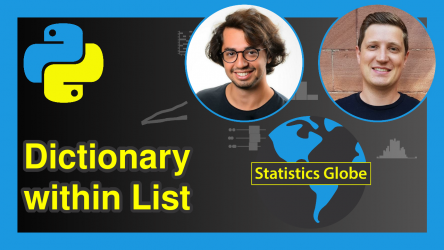
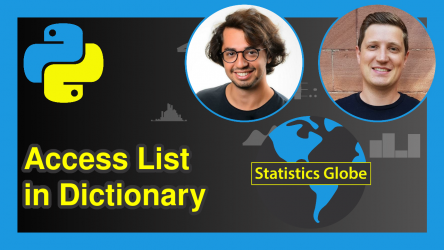


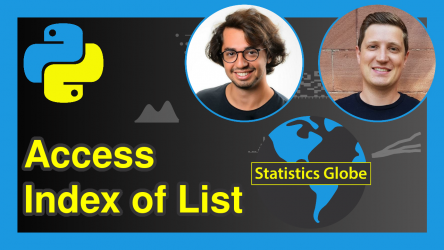




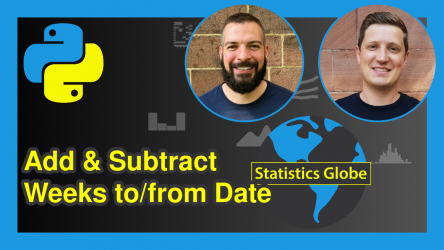
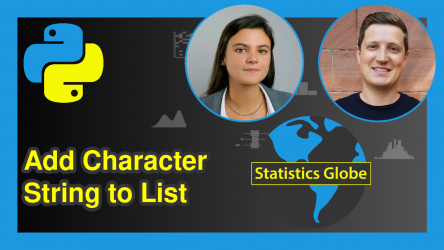
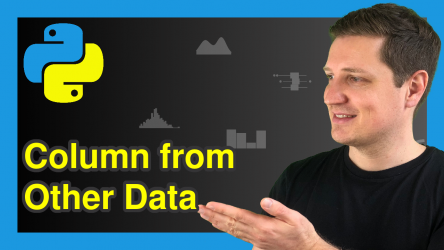
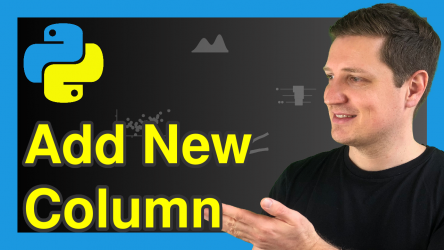


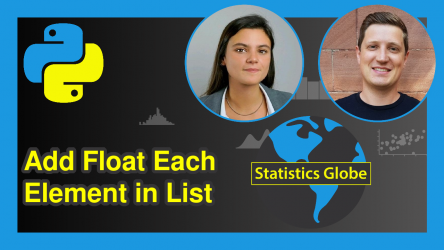


20 Comments. Leave new
Sir, we also need a written tutorial of python programming language for beginners just like the others. Thanks
Hey Ernest,
Thank you for the comment! I have definitely planned to release a more detailed Python introduction in the future.
I’ll keep you updated.
Joachim
Thanks dear Sir
the best lecturer ever seen
I wish you long life with health
Thank you so much for the very kind words, this is great to hear! 🙂
Awesome, Thank you very much. Great resources
Thanks a lot Anele, this is great to hear! 🙂
In the R Programming section, you have a detailed list of the benefits of using R. For what applications would you say it would be preferred to learn and use Python over R? Thanks!
Hey Amos,
This is a question people discuss over and over – so you will find many different opinions on this.
In my opinion, both languages are equally good for most tasks. The major difference in my opinion is that R is more commonly used in the fields of statistics and social sciences, and Python is more commonly used in informatics and IT.
For that reason, I would choose a language depending on the field you are planning to work in.
I hope that helps!
Joachim
It is really helpful sir. Thank You so much.
Hey Koushik,
This is great to hear, I’m glad you like the tutorials on Statistics Globe!
Regards,
Joachim
Hello Joachim and congratulations for your excellent work!!!
I would like to ask you how run a regression in Python, but instead of having typical coefficients as output, having the standardized coefficients (betas)?
Thanks in advance,
Ilias
Hi Ilias,
Thank you very much for the kind feedback, glad to hear that!
I’m sorry for the delayed response. I was on a long vacation, so unfortunately I wasn’t able to get back to you earlier. Do you still need help with your syntax?
Regards,
Joachim
I hope you enjoyed it!!! Yes pls, I’m still stuck on this.
Sincerely yours,
Ilias
Hi Ilias,
Thank you, the vacation was great. We were doing a road trip in the north of France and the south of England. 🙂
Regarding your question, I have never done this myself in Python, but I found this thread on Stack Overflow that seems to answer your question.
I hope that helps!
Joachim
Great work keep up
Hi Atif,
Thanks a lot for the kind words, we are happy to hear that you find our tutorial useful!
Regards,
Matthias (Statistics Globe)
Great resources tnx, can you help me
to Create a new column which is calculated by taking the difference of the two columns
(3 Marks) Pick 2 of the numeric columns of the dataframe to eliminate from the table. Re-train the classifier using this new dataset. Compare the testing and training error using the 50/50 split of the missing columns classifier with that containing the full set of columns
Hi Ana,
I’m sorry for the delayed reply. I was on a long vacation, so unfortunately I wasn’t able to get back to you earlier. Do you still need help with your syntax?
Regards,
Joachim
I am grateful to all of you. Your teaching is excellent.
Hi Ugama,
Thank you very much for the nice words. That’s great to hear!
Regards,
Matthias